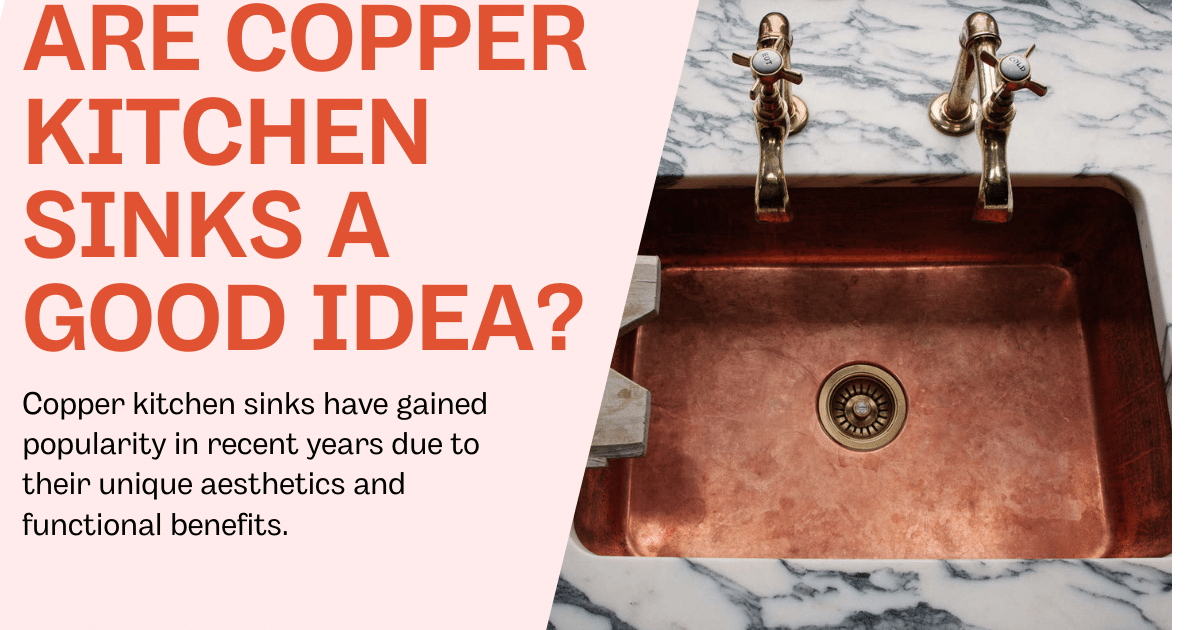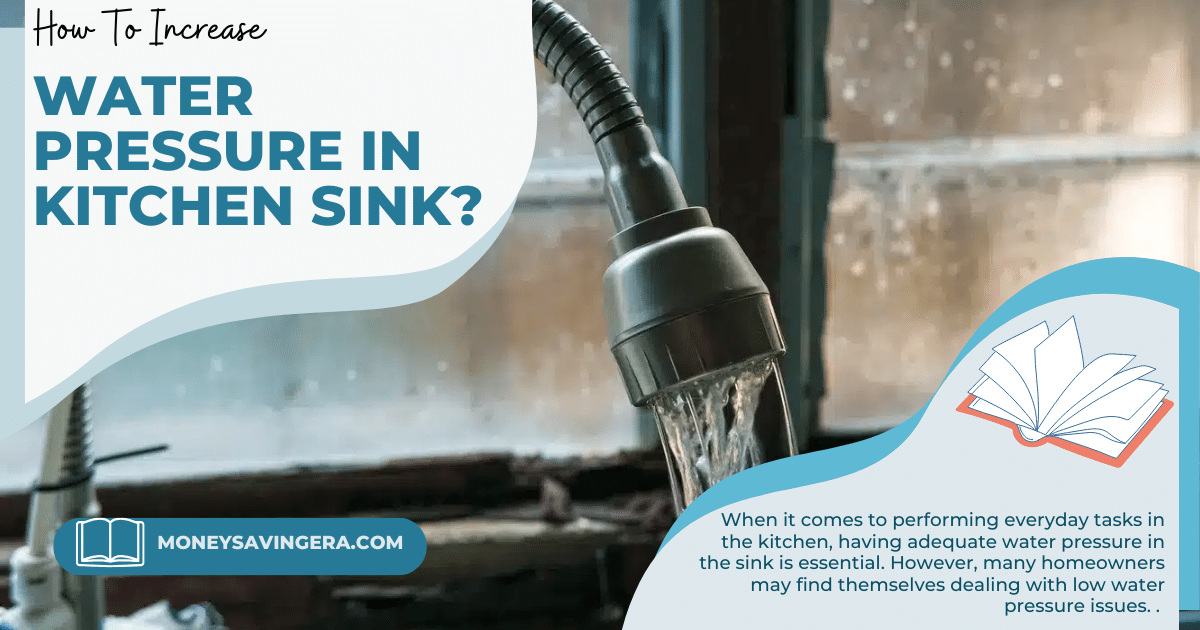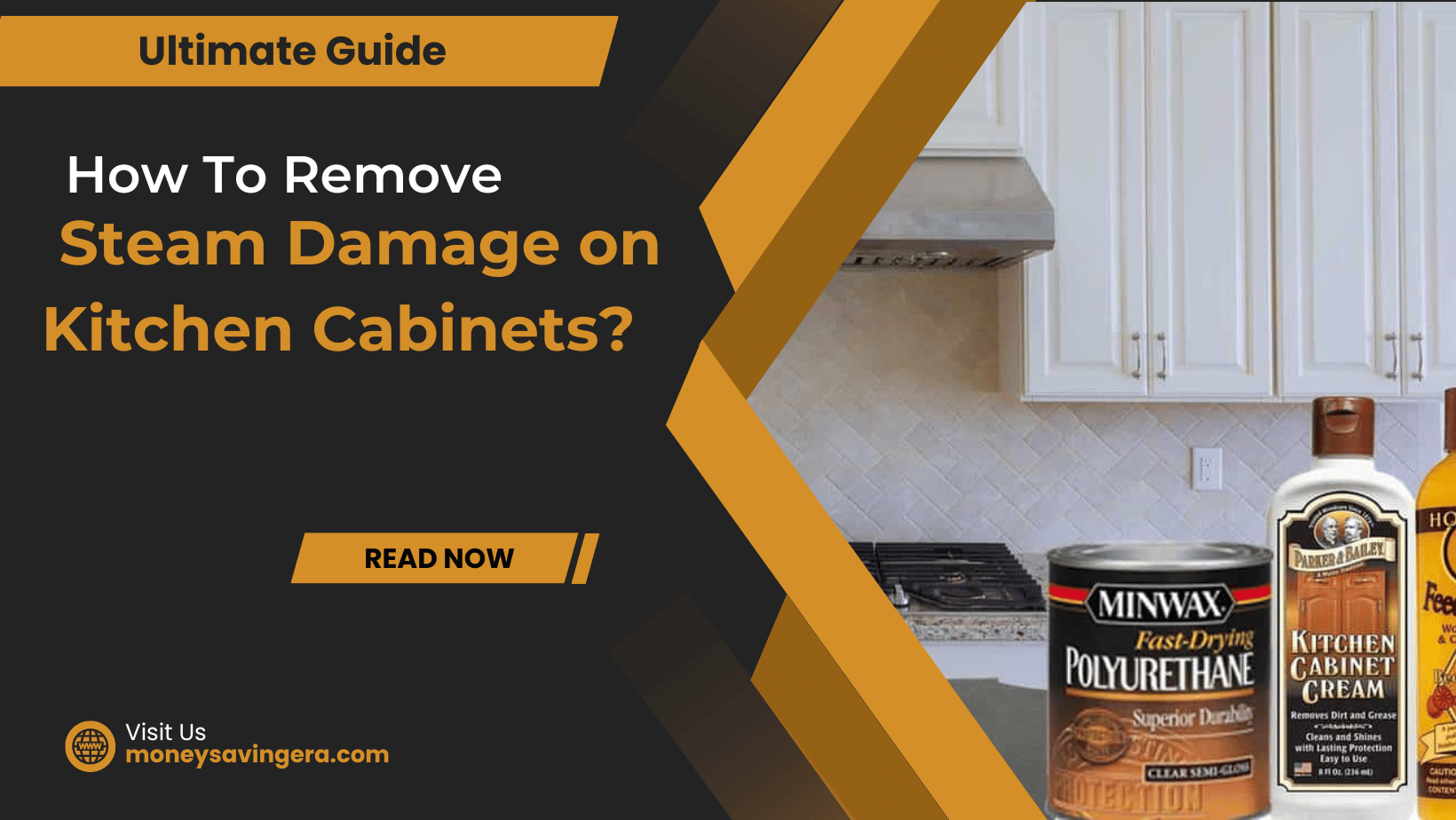Pissants, also known as sugar ants or odorous house ants, can be a nuisance when they infest your kitchen. These tiny insects are attracted to sources of food and can contaminate your pantry items. It is essential to take steps to eliminate pests and prevent future infestations. In this article, we will discuss effective methods to get rid of pissants in the kitchen and maintain a pissant-free environment.
Firstly, it is important to understand what pissants are and how to identify their presence in your kitchen. Pissants are small ants that emit a distinct odor when crushed, resembling the smell of rotten coconut. By learning how to identify the signs of a pissant infestation, such as seeing trails of ants or finding their nests, you can take appropriate action to eradicate them.
The presence of pissants in the kitchen is not only bothersome but also poses potential health hazards and food contamination risks. Pissants can contaminate food items and surfaces, compromising the cleanliness and safety of your kitchen. Therefore, it is crucial to get rid of pissants to maintain a hygienic and pest-free environment.
Preventing pissant infestations in the kitchen is key to avoiding the hassle of dealing with them. Keeping the kitchen clean and tidy, proper food storage to limit access to food sources, and sealing entry points are preventive measures that can significantly reduce the chances of pissant infestations.
When it comes to getting rid of pissants, there are various methods you can employ. Natural remedies, such as vinegar or lemon juice, can act as deterrents to pissants. Chemical pissant baits and traps are also effective in eliminating these pests. In more severe cases, seeking professional pest control services may be necessary to eradicate the infestation effectively.
To maintain a pissant-free kitchen, regular cleaning and inspection are essential. This includes wiping down surfaces, regularly emptying trash, and promptly addressing any spills or crumbs that may attract pissants. Continuing prevention measures, such as sealing cracks and crevices and using pest repellents, will help ensure a lasting pissant-free environment.
Key takeaway:
- Identifying signs of pissant infestation: It is important to recognise common signs of pissant infestation in the kitchen, such as the presence of trails, nests, or strange odours.
- Health hazards and food contamination: Pissants can pose potential health risks and contaminate food, making it crucial to get rid of them promptly.
- Prevention and control methods: Keeping the kitchen clean, storing food properly, and sealing entry points are effective measures to prevent and control pissant infestations.
Identifying the Presence of Pissants in the Kitchen
As we step into the kitchen, it’s important to be mindful of unwelcome guests – pissants. In this section, we’ll delve into the telltale signs of pissant infestation, helping you identify their presence with ease. Be prepared to uncover common indicators that will enable you to take swift action against these pesky invaders. From trails of tiny crumbs to peculiar odors, we’ll reveal the subtle hints that may indicate a pissant infestation in your kitchen.
Common Signs of Pissant Infestation
One of the most common signs of pissant infestation is the presence of their droppings. These droppings, also known as pissant droppings, are small and resemble black or dark brown specks of dirt. You may find them near food sources or areas where the pissants have been active.
Pissants often leave trails behind them, which are one of the common signs of pissant infestation. Pissants use these pheromone-based trails to communicate with one another. These visible lines or paths can commonly be found along walls, countertops, or floors.
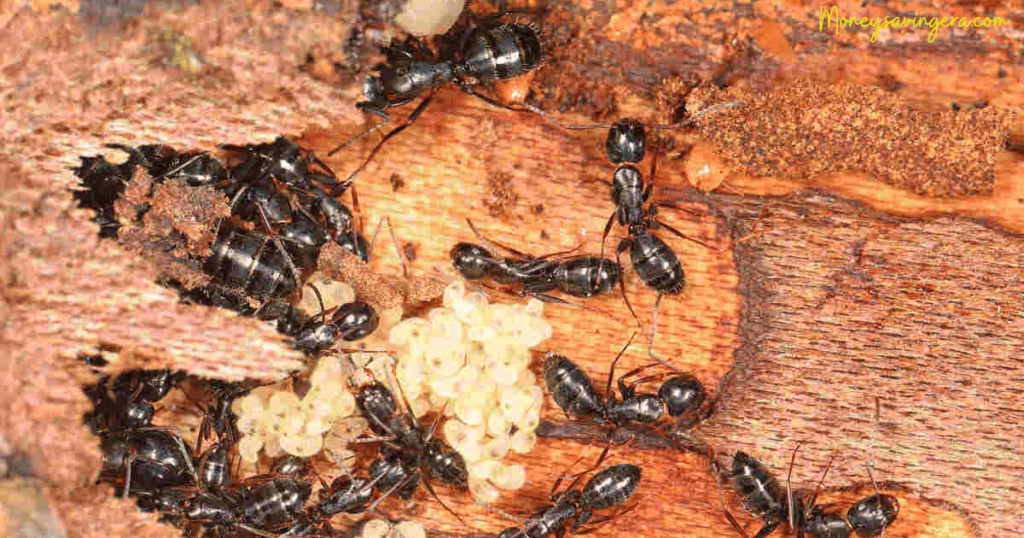
Pissant nests, usually built in hidden or hard-to-reach areas, are another common sign of pissant infestation. If you notice small piles of dirt or debris in corners, under appliances, or in cracks and crevices, it could be an indication of a pissant nest. It is important to remember that pissant nests can also be found outside the kitchen, so checking other areas of your home is crucial.
One of the common signs of pissant infestation is the presence of pissant workers. Pissants are social insects and live in colonies, so if you see individual pissant workers roaming around your kitchen, it is a clear indication of an infestation. These workers are usually small in size and have a characteristic antenna and body shape.
Another common sign of pissant infestation is food damage. Pissants are attracted to food sources, so if you notice small holes or bite marks on your food packaging, it could be a sign of pissant infestation. They can contaminate your food and cause significant damage, especially if left unchecked.
Pro-tip: If you suspect a pissant infestation in your kitchen, it’s important to act quickly to prevent further damage and potential health hazards. Consider using natural remedies like vinegar or lemon juice to deter pissants, or use chemical pissant baits and traps for more severe infestations. If the problem persists, it may be necessary to seek professional pest control services to effectively eliminate the infestation and ensure a pissant-free kitchen. Regular cleaning and inspection, as well as continuous prevention measures, are crucial for maintaining a pissant-free environment in your kitchen.
Why It’s Important to Get Rid of Pissants in the Kitchen?
Getting rid of pissants in the kitchen is essential for maintaining a healthy and hygienic living space. In this section, we’ll explore why it’s crucial to eliminate these pesky insects from your kitchen.
From potential health hazards to the risk of food contamination, we’ll uncover the various reasons behind the importance of keeping your kitchen free from pissants. So, let’s dive in and discover why this small but significant task can make a big difference in your overall well-being.
Potential Health Hazards
When it comes to potential health hazards in the kitchen, you should be aware of the presence of pissants. Here are some important facts:
- Possible Disease Transmission: Pissants can carry bacteria, viruses, and other pathogens on their bodies. When they come into contact with food preparation surfaces or food items, they can contaminate them and potentially transfer these disease-causing organisms. This can lead to foodborne illnesses in humans.
- Allergenic Reactions: Pissant infestations can trigger allergies in some individuals. The pissant droppings, saliva, and decomposing bodies can release allergenic proteins into the air, causing allergic reactions such as sneezing, coughing, itching, and watery eyes.
- Asthma Aggravation: For individuals with asthma or respiratory conditions, the presence of pissants can worsen their symptoms. The airborne particles released by the pissants can act as irritants to the respiratory system and trigger asthma attacks or breathing difficulties.
- Contamination of Food and Surfaces: Pissant infestations can lead to the contamination of food and surfaces in the kitchen. They can crawl over open food containers, leaving behind bacteria and other pathogens from their bodies. This can result in food spoilage and potential foodborne illnesses when contaminated food is consumed.
- Illness in Infants and Young Children: Infants and young children are more susceptible to the potential health hazards posed by pissant infestations. Their immune systems are still developing, making them more vulnerable to infections and illnesses caused by the presence of pissants and their associated contaminants.
- Secondary Infections: Pissant bites can lead to secondary infections if not properly treated. Irritation, redness, and itching from pissant bites can cause individuals to scratch the affected areas, potentially introducing bacteria and causing infection.
It is important to address pissant infestations in the kitchen promptly to reduce the risk of these potential health hazards. Implementing effective pest control measures and maintaining a clean and hygienic environment are crucial steps in ensuring a pissant-free and safe kitchen.
Possible Food Contamination
Possible food contamination is a serious concern when dealing with pest infestations in the kitchen. These tiny pests can contaminate your food and pose potential health risks. Here are some important points to consider:
- 1. Pissant presence: Pissants are attracted to food sources, particularly sweet and sugary substances. Their presence in the kitchen increases the risk of possible food contamination.
- 2. Food accessibility: Pissants can easily access food items that are not properly stored or sealed. They can crawl into containers or get into open packaging, leading to possible contamination.
- 3. Spoilage: Pissant infestations can lead to spoilage of food items. They may leave behind waste, saliva, or feces, which can possibly contaminate the food, making it unsafe for consumption.
- 4. Bacterial growth: Pissants can carry bacteria on their bodies, which they transfer to the food they come into contact with. These bacteria can cause possible foodborne illnesses and infections if ingested.
- 5. Health risks: Consuming possibly contaminated food can lead to various health issues, such as diarrhea, nausea, vomiting, and stomach cramps. In some cases, it can even result in more severe illnesses requiring medical attention.
It is vital to address pissant infestations promptly to prevent possible food contamination. Implementing effective pest control measures, such as the following, can help:
- Natural remedies: Use natural deterrents like vinegar, lemon juice, or essential oils to repel pissants and discourage them from approaching food sources.
- Chemical baits and traps: Utilize pissant baits and traps to eliminate the infestation. These products are specifically designed to attract and kill pissants, reducing the risk of possible contamination.
- Professional pest control: If the infestation persists or becomes severe, seeking professional pest control services is advisable. Pest control experts have the knowledge and resources to eliminate pissants effectively.
To maintain a pissant-free kitchen and minimize the risk of possible food contamination, consider the following measures:
- Regular cleaning and inspection: Keep your kitchen clean by regularly wiping down surfaces, sweeping up crumbs, and immediately addressing spills. Inspect food storage areas and containers for any signs of pests or contamination.
- Continuous prevention measures: Take proactive steps to prevent pissant infestations by sealing entry points, such as cracks or gaps in walls or cabinets. Store food properly, ensuring containers are tightly sealed to prevent pissant access.
By taking these precautions and addressing the issue of pissant infestations, you can significantly reduce the risk of possible food contamination in your kitchen and ensure the safety of your food.
Preventing Pissant Infestation in the Kitchen
Preventing a pesky pissant infestation in your kitchen? We’ve got you covered. In this section, we’ll reveal the secrets to maintaining a clean and tidy kitchen, ensuring those little critters have no chance to invade your space.
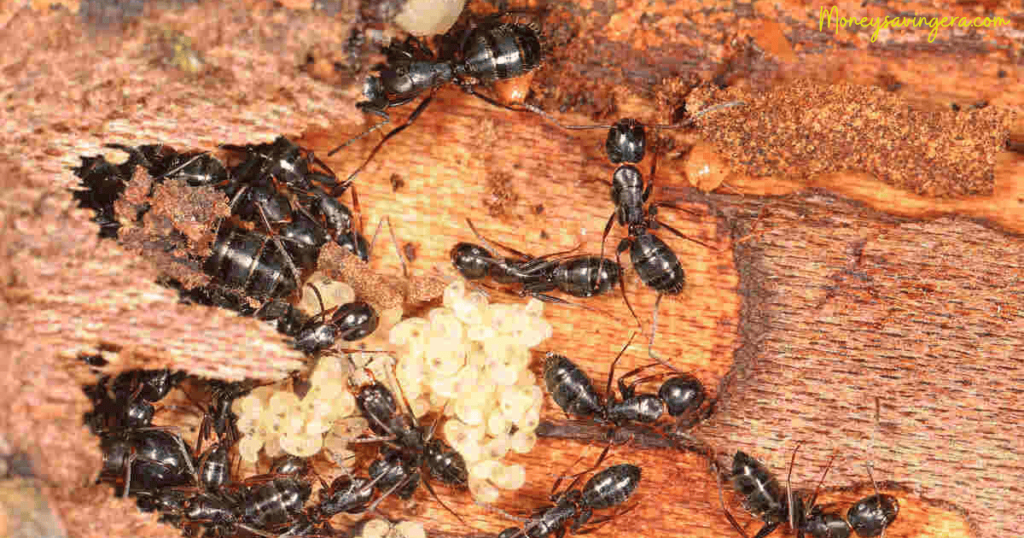
We’ll also dive into the importance of proper food storage practises to keep them at bay. And if that’s not enough, we’ll show you how sealing entry points can be a game-changer in protecting your kitchen from these unwanted intruders. Say goodbye to those aggravating pissants once and for all!
Keeping the Kitchen Clean and Tidy
Keeping the kitchen clean and tidy is crucial in preventing and eliminating pissant infestation. By maintaining a clean environment, you can minimize food sources and make your kitchen less attractive to pissants.
- Regularly wipe down countertops: Clean your countertops thoroughly with a disinfectant to remove any food residue or spills that can attract pissants.
- Sweep and mop the floors: Regularly sweep and mop your kitchen floors to eliminate any crumbs or food particles that might lure pissants.
- Empty and clean the trash regularly: Dispose of your trash regularly and keep the garbage cans clean to avoid any food odours that can attract pissants.
- Store food in sealed containers: Use airtight containers to store all food items, including dry goods, to prevent pissants from accessing them.
- Do the dishes promptly: Avoid leaving dirty dishes in the sink for extended periods as they can provide a food source for pissants. Wash and dry the dishes promptly after use.
- Keep the pantry organized: Regularly check and organize your pantry to ensure that all food items are properly stored in sealed containers, minimizing the potential attraction for pissants.
- Clean appliances thoroughly: Pay attention to areas like stovetops, microwaves, and toasters, ensuring that they are free from food residue that might attract pissants.
- Seal any entry points: Inspect your kitchen for cracks, crevices, or gaps where pissants can enter. Seal these openings to prevent their access.
By following these steps and maintaining a clean and tidy kitchen, you can significantly decrease the likelihood of pissant infestation. Remember to consistently practice good hygiene and cleanliness to create an environment that is unappealing to pissants.
Proper Food Storage
Proper food storage is crucial in maintaining a pastry-free kitchen. Follow these steps to ensure that your food is stored correctly to prevent pissant infestation:
- Clean and dry containers: Before storing any food items, make sure the containers are clean and dry. Pissants are attracted to food residue, so thoroughly clean all containers to remove any traces of food.
- Seal food tightly: Store your food in airtight containers or resealable bags to prevent pissants from accessing it. This ensures that the smell and taste of the food are not easily detectable by pissants.
- Store in elevated areas: Place your stored food items on elevated shelves or in cabinets, away from the floor. Pissants commonly crawl on the ground, so keeping the food elevated reduces the chances of pissant contamination.
- Use pissant-proof containers: Consider using containers with tight-fitting lids or containers specifically designed to keep pissants out. These containers often have secure seals and are made of materials that pissants cannot penetrate.
- Store in the refrigerator: For perishable foods that need to be kept cool, store them in the refrigerator. Pissants are less likely to be attracted to cold environments.
- Label and date containers: Properly label all food containers with the contents and the date of storage. This helps you keep track of the freshness of the food items and prevents them from being forgotten and left to spoil.
- Rotate stored food: When adding new food items to your storage, make sure to rotate the older items to the front. This helps ensure that older food is used before it spoils.
- Clean spills immediately: Any spills or crumbs should be promptly cleaned up to avoid attracting pissants. Regularly clean your storage areas to remove any potential food sources for pissants.
By following these steps for proper food storage, you can significantly reduce the risk of pissant infestation in your kitchen. Remember to regularly inspect and clean your food storage areas to maintain a pissant-free environment.
Sealing Entry Points
When it comes to getting rid of pissants in the kitchen, sealing entry points is a crucial step to prevent their infiltration. Here are some important measures to take:
- Identify entry points: Inspect your kitchen for any openings or gaps where pissants can enter. Common entry points include cracks in walls, gaps around pipes and wiring, and openings around windows and doors.
- Seal cracks and gaps: Use caulk or sealant to fill in any cracks or gaps in walls, floors, or countertops. Pay close attention to areas where pipes or wiring enter the kitchen, as pissants can easily crawl through small openings.
- Install door sweeps: Attach door sweeps to the bottom of exterior doors to create a barrier that prevents pissants from entering through the gap at the bottom.
- Apply weatherstripping: Install weatherstripping around windows to seal any gaps that pissants could use as entry points.
- Use screens: Install window screens and ensure they are in good condition to prevent pissants from entering through open windows.
- Seal gaps around pipes and wiring: Use expanding foam or caulk to seal any gaps or openings around pipes and wiring that enter the kitchen. Pissants can easily navigate through these small spaces.
- Maintain cleanliness: Keep the kitchen clean and free of food debris to discourage pissants from being attracted to the area. Regularly wipe down countertops, sweep and mop the floors, and promptly clean up spills.
Sealing entry points is a crucial step in getting rid of pissants in your kitchen. By eliminating their access points, you can effectively prevent their entry and minimize the chances of infestation.
Effective Ways to Get Rid of Pissants in the Kitchen
Tired of dealing with those pesky kitchen intruders? In this section, we’ve got you covered with effective ways to finally get rid of those annoyances. Discover natural remedies that will keep those pissants at bay, or dive into the world of chemical pissant baits and traps for a more aggressive approach.

And if you’ve tried it all but the problem persists, we’ll discuss when it’s time to call in the professionals for expert pest control. Say goodbye to pissants in your kitchen once and for all!
1. Natural Remedies for Pissants Control
To effectively control a pissant infestation in your kitchen, you can utilize natural remedies for pissant control that are safe and environmentally friendly. These natural methods, such as peppermint oil, vinegar, lemon juice, cinnamon, and bay leaves, have been proven to be effective in warding off and eliminating pissants without the use of harmful chemicals.
One of the natural remedies you can try is peppermint oil. The scent of peppermint oil strongly repels pissants. Mix a few drops of peppermint oil with water in a spray bottle and spray it along entry points, windowsills, and countertops to deter pissants from entering your kitchen.
Another natural remedy is vinegar. Pissants dislike the strong smell of vinegar. Create a solution of equal parts vinegar and water and use it to wipe down surfaces in your kitchen. This will not only repel pissants but also keep your kitchen clean.
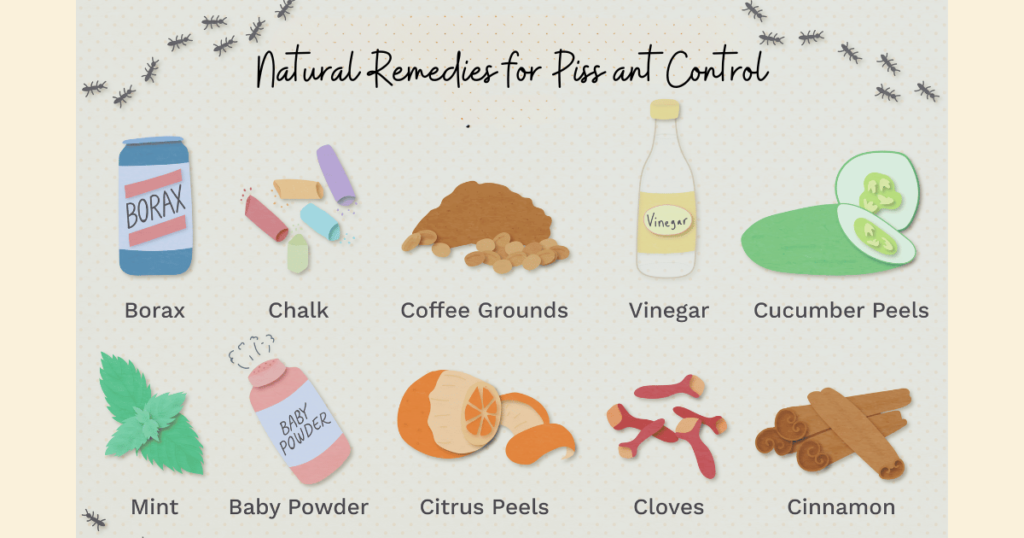
Spraying lemon juice around your kitchen can also be an effective deterrent for pissants. The acidic nature of lemon juice disrupts the scent trails left by pissants, making it difficult for them to navigate.
Cinnamon is another natural remedy that can help deter pissants. Cinnamon has a potent scent that repels pissants, so you can discourage them by sprinkling cinnamon powder near entry points and along pissant trails.
Finally, placing bay leaves in areas where you have seen pissant activity, such as near the sink or in cabinets, can help deter them from entering those areas. Pissants dislike the smell of bay leaves.
Remember, while natural remedies can be effective in controlling pissants, they may not completely eliminate a large infestation. If you continue to experience problems, it may be necessary to seek professional pest control services.
By incorporating these natural remedies for pissant control into your pest control strategy, you can effectively control pissant infestations in your kitchen without the use of harmful chemicals. Implementing these methods along with proper cleanliness and prevention measures will help you maintain a pissant-free kitchen environment.
2. Chemical Pissant Baits and Traps
When dealing with a pissant infestation in the kitchen, chemical pissant baits and traps can be effective in eliminating these pests. Here are some options to consider:
- Bait stations: These are small containers that contain an attractive food bait mixed with a slow-acting insecticide. Pissants are attracted to the bait, consume it, and then carry the insecticide back to their colony, eventually eliminating the entire population.
- Gel baits: These are gel formulations that contain a sweet food attractant combined with a powerful insecticide. The gel is applied along pissant trails or in areas where they are commonly seen. Pissants are attracted to the gel and consume it, leading to their demise. Gel baits are especially useful for targeting specific areas or hard-to-reach spaces.
- Ant traps: These are pre-packaged traps that contain a mixture of sweet attractants and a poison. The traps are designed to be placed along pissant trails or near their nest. Pissants enter the traps, consume the poison, and then return to the nest, spreading the poison to other members of the colony.
- Insecticide sprays: These are aerosol or liquid sprays that contain chemicals specifically formulated to kill pissants on contact. They can be sprayed directly on the pests or in their hiding places. However, it’s important to note that insecticide sprays may not be as effective in eliminating an entire colony since they only target the individual pissants that come into contact with the spray.
Using chemical pissant baits and traps can be a practical solution for dealing with an infestation in the kitchen. However, it’s important to follow the instructions provided by the manufacturer and exercise caution when using insecticides. Keep in mind that these methods may take some time to completely eliminate the infestation, as it can take a few days or weeks for the poison to spread throughout the colony.
In ancient Roman times, pissants, also known as ants, were considered symbols of hard work and diligence. They were admired for their ability to work together in organized colonies, contributing to the success of their society. Pissants were even seen as representations of virtues such as perseverance and teamwork. This admiration is reflected in the famous quote from Aesop’s fable, “The Ant and the Grasshopper,” where the pissant’s industriousness is praised.
3. Seeking Professional Pest Control
Seeking professional pest control services is a proactive step towards enjoying a pissant-free kitchen. When facing a severe pissant infestation or when previous attempts at DIY control have been unsuccessful, it is important to seek the expertise of pest control professionals. These experts have the knowledge, experience, and tools necessary to effectively eliminate and prevent pissant infestations.
1. Professionals assess the extent of the infestation: Pest control experts will conduct a thorough inspection of the kitchen to determine the severity of the pissant problem. They will identify the areas where the pests are nesting and understand the factors contributing to the infestation.
2. They employ targeted treatments: Based on their assessment, professionals will employ appropriate treatments to eliminate pissants. They use specialized pesticides and baits that specifically target pissants, ensuring effective eradication while minimizing exposure to harmful chemicals.
3. Professionals provide long-term solutions: Besides immediate elimination, pest control experts offer long-term solutions to prevent future infestations. They identify and seal potential entry points for pissants, such as cracks and crevices, in order to prevent re-entry. They may also provide recommendations for maintaining cleanliness and proper food storage to discourage pissant activity.
4. They ensure safety: Professional pest control services prioritize the safety of the occupants and the environment. They adhere to regulatory guidelines and use insecticides that are safe for human and pet exposure when applied correctly. They also provide guidance on temporary precautions to take during and after the treatment.
5. Regular monitoring and follow-up: Pest control professionals may schedule follow-up visits to monitor the effectiveness of the treatments and address any lingering pissant issues. This ensures that the kitchen remains pissant-free in the long run.
Remember, maintaining a clean and hygienic kitchen environment is crucial in avoiding future pest problems. It is important to follow the advice and preventive measures provided by pest control experts. With their expertise and specialized approach, they provide a thorough and effective solution to eliminate pissants and prevent their return. Seek professional pest control services to enjoy a pissant-free kitchen.
Maintaining Pissant-Free Kitchen
Maintaining a pissant-free kitchen is essential for a clean and healthy culinary experience. In this section, we’ll dive into two crucial aspects: regular cleaning and inspection, and continuous prevention measures.

Discover effective strategies and smart techniques to keep these pesky intruders at bay, ensuring a welcoming and hygienic kitchen environment. No more unwanted visitors ruining your meal preparations, let’s take control and regain the peace of a pissant-free kitchen.
Regular Cleaning and Inspection
Regular cleaning and inspection are crucial for maintaining a pissant-free kitchen. By following these steps, you can prevent pissant infestation and ensure a clean and safe environment for food preparation in your kitchen.
- Clean countertops and surfaces regularly: Wipe down countertops, tables, and other surfaces in the kitchen on a daily basis using a mild cleaning solution. This helps remove any food residue or crumbs that can attract pissants.
- Empty and clean garbage cans frequently: Dispose of kitchen waste regularly and clean the garbage cans to prevent any odors or attraction for pissants.
- Sweep and mop the floors: Regularly sweep the floors to remove any food particles or spills. Mop the floors using a floor cleaner to ensure they are thoroughly cleaned.
- Clean appliances and kitchen equipment: Wipe down appliances like the refrigerator, oven, and microwave, regularly. Pay attention to cracks or crevices where pissants may find their way in.
- Check for leaks or standing water: Inspect the kitchen for any leaks from pipes or faucets. Address them promptly and ensure there is no standing water, as pissants are attracted to moisture.
- Store food properly: Keep food in sealed containers to prevent pissants from getting to them. Avoid leaving food out on countertops or open containers.
- Regularly inspect and clean pantry areas: Check the pantry for any signs of pissant activity, such as damaged packaging or droppings. Clean the pantry shelves regularly to remove any spilled food or crumbs.
- Seal any cracks or openings: Inspect the kitchen for any cracks or openings where pissants can enter. Seal them using caulk or other appropriate materials to prevent their entry.
- Maintain a clutter-free kitchen: Reduce clutter in the kitchen, as it provides hiding spots for pissants. Keep the kitchen organized and remove unnecessary items.
- Stay vigilant and address issues promptly: Regularly monitor the kitchen for any signs of pissants and take immediate action if you notice an infestation. Contact pest control professionals if necessary.
Continuous Prevention Measures
Continuous prevention measures are crucial in maintaining a pissant-free kitchen. By implementing these measures, you can significantly reduce the likelihood of pissant infestations and ensure a clean and hygienic cooking environment.
- Regular cleaning: Implementing regular cleaning practices is essential for preventing pissant infestations. Wipe down countertops, tables, and other surfaces with a disinfectant to remove any food particles or spills that may attract pissants. Sweep and mop the floors on a regular basis to eliminate potential food sources.
- Proper food storage: Properly storing food is essential in preventing pissants from accessing your pantry or cabinets. Use airtight containers to store dry goods such as cereals, flour, and sugar. Make sure to tightly seal all opened packages. Additionally, store fruits and vegetables in the refrigerator to deter pissants.
- Sealing entry points: Pissants can enter your kitchen through even the smallest cracks and gaps. Inspect your kitchen for any openings in walls, windows, or doors and seal them with caulk or weatherstripping. Pay special attention to areas where pipes or cables enter the kitchen as those are common entry points for pests.
- Regular inspection: Conduct routine inspections of your kitchen to identify any signs of pissant activity. Look for pissant trails, small piles of debris, or tiny holes in food packaging. By detecting an infestation early, you can take immediate action to eliminate the problem.
- Eliminate moisture: Pissants are attracted to moisture, so it’s important to keep your kitchen dry. Promptly fix any leaky pipes or faucets. Wipe down countertops and sinks after use to remove excess water. Ensure that your kitchen is well-ventilated to prevent the buildup of humidity.
By incorporating these continuous prevention measures into your kitchen routine, you can effectively reduce the risk of pissant infestations. Remember, consistent effort and attention to detail are key in maintaining a hygienic and pissant-free kitchen environment.
Some Facts About How To Get Rid of Pissants in the Kitchen:
- ✅ Pissants, also known as sugar ants, are small ants commonly found in North America. (Source: Our Team)
- ✅ Pissants are generally not known to cause damage to houses, but they can be a nuisance and contaminate food and surfaces with bacteria. (Source: Our Team)
- ✅ To get rid of pissants in the kitchen, it is important to keep the house clean and free of crumbs and spills. (Source: Our Team)
- ✅ Sealing off entry points, such as cracks and openings, can help prevent pissants from entering the house. (Source: Our Team)
- ✅ Using bait that contains sugar or honey can attract and eliminate pissants. (Source: Our Team)

